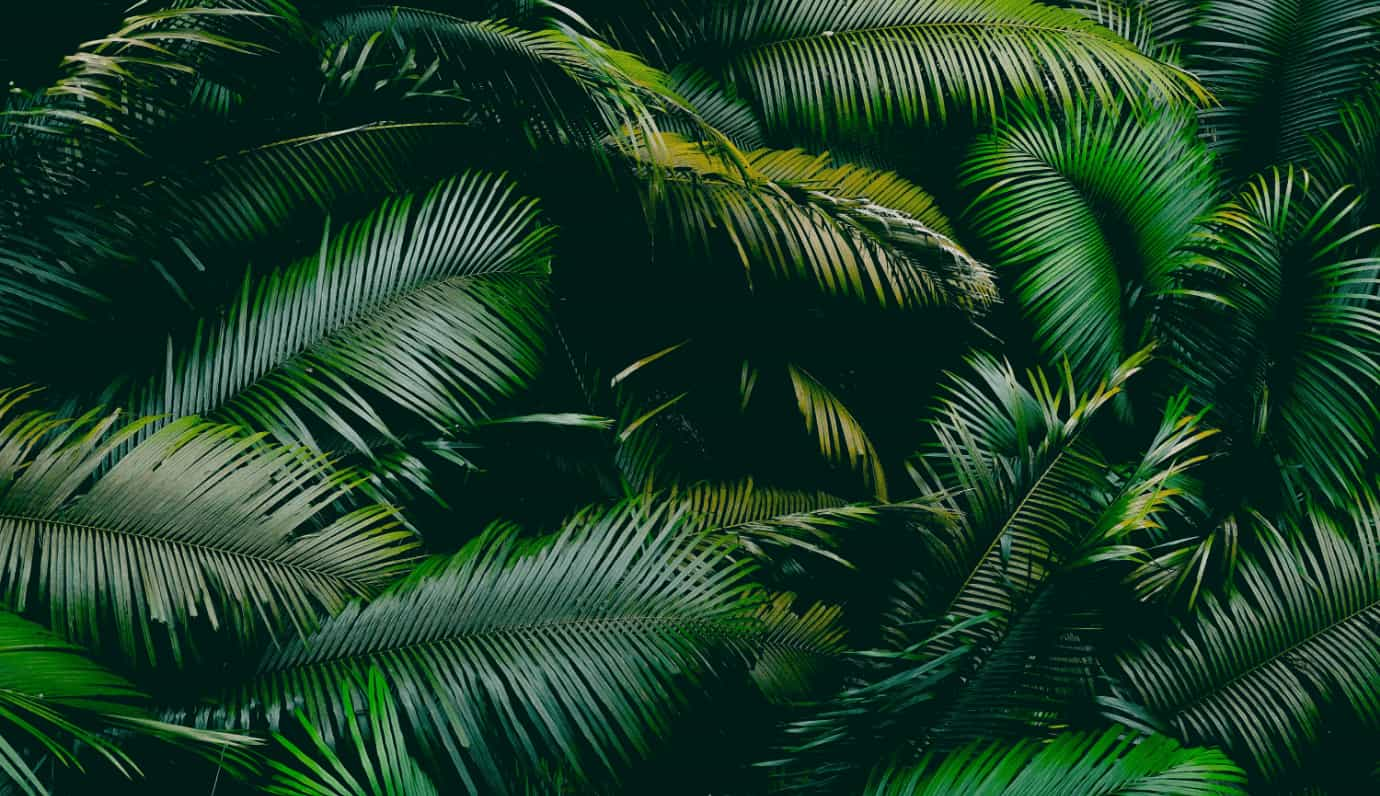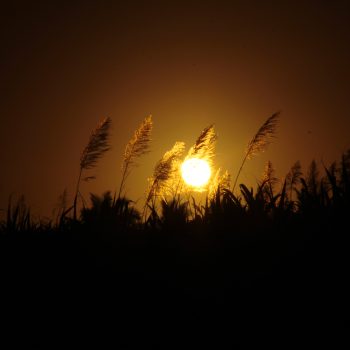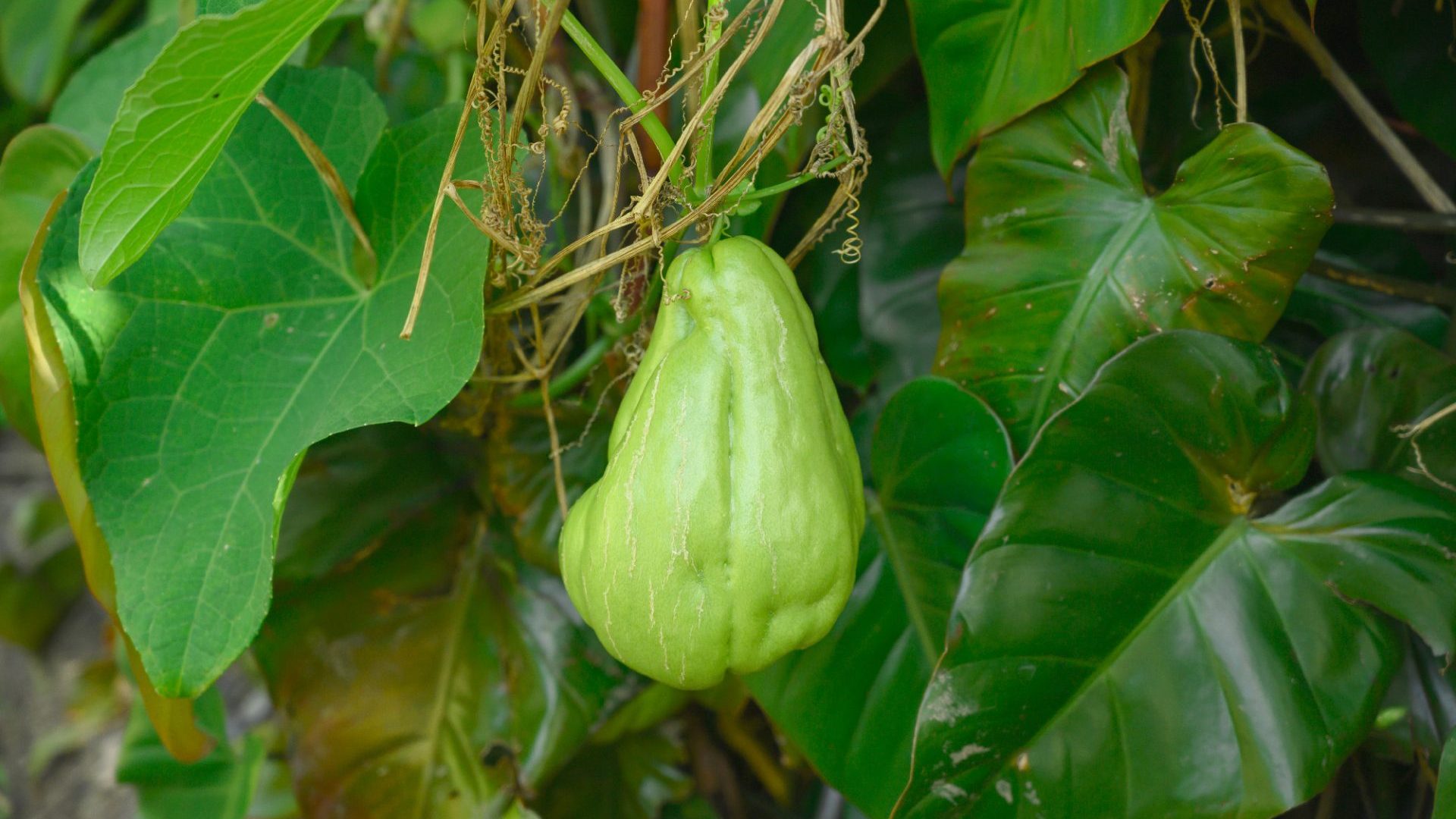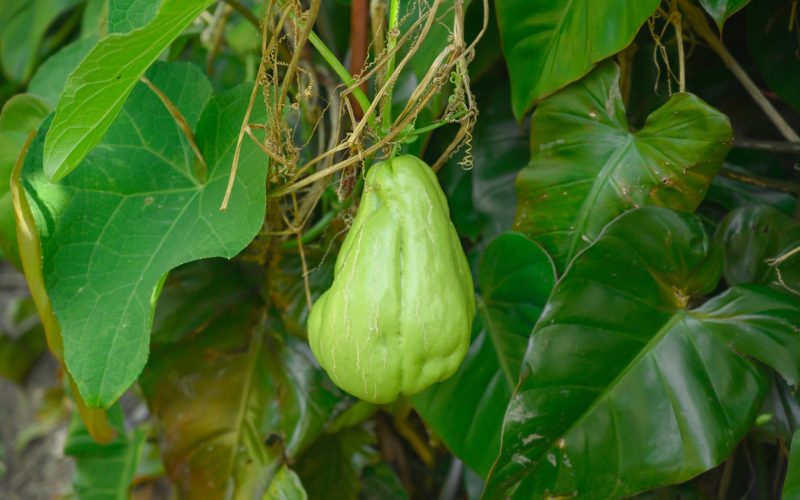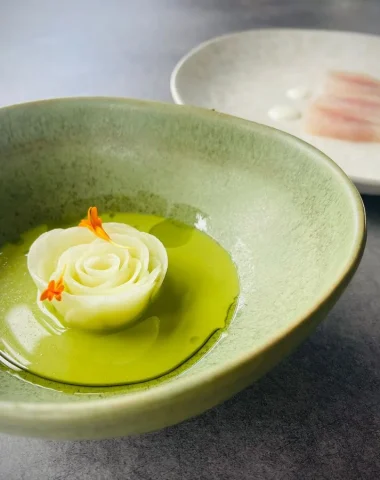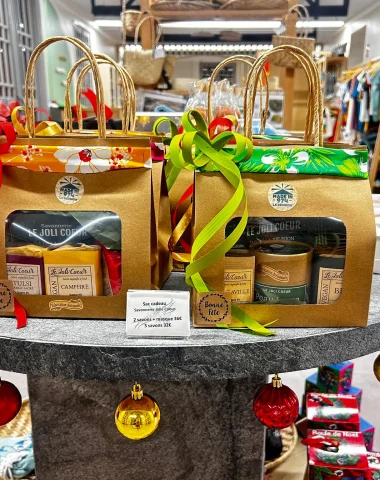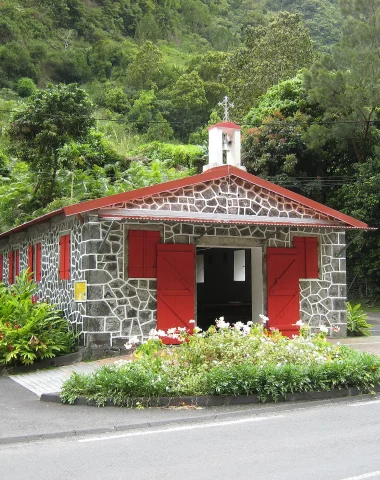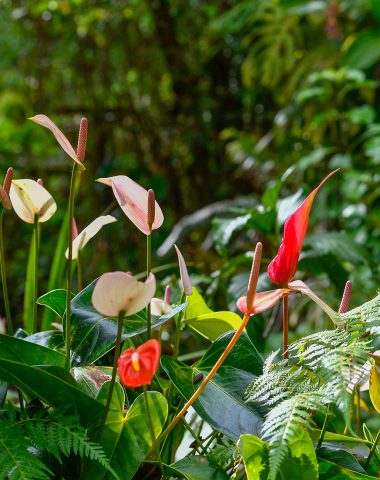In Reunion, the chouchou or the christophine systematically evokes the circus of Salazia. And for good reason, it reigns supreme there and the climatic conditions seem ideal for its proliferation. Cultivated from the beginning of the XNUMXth century by farmers in search of new resources following the economic crisis that affected the island, the chouchou turned out to be an exceptional vegetable in which all the parts were used, which earned it the strange nickname of "vegetable pig".
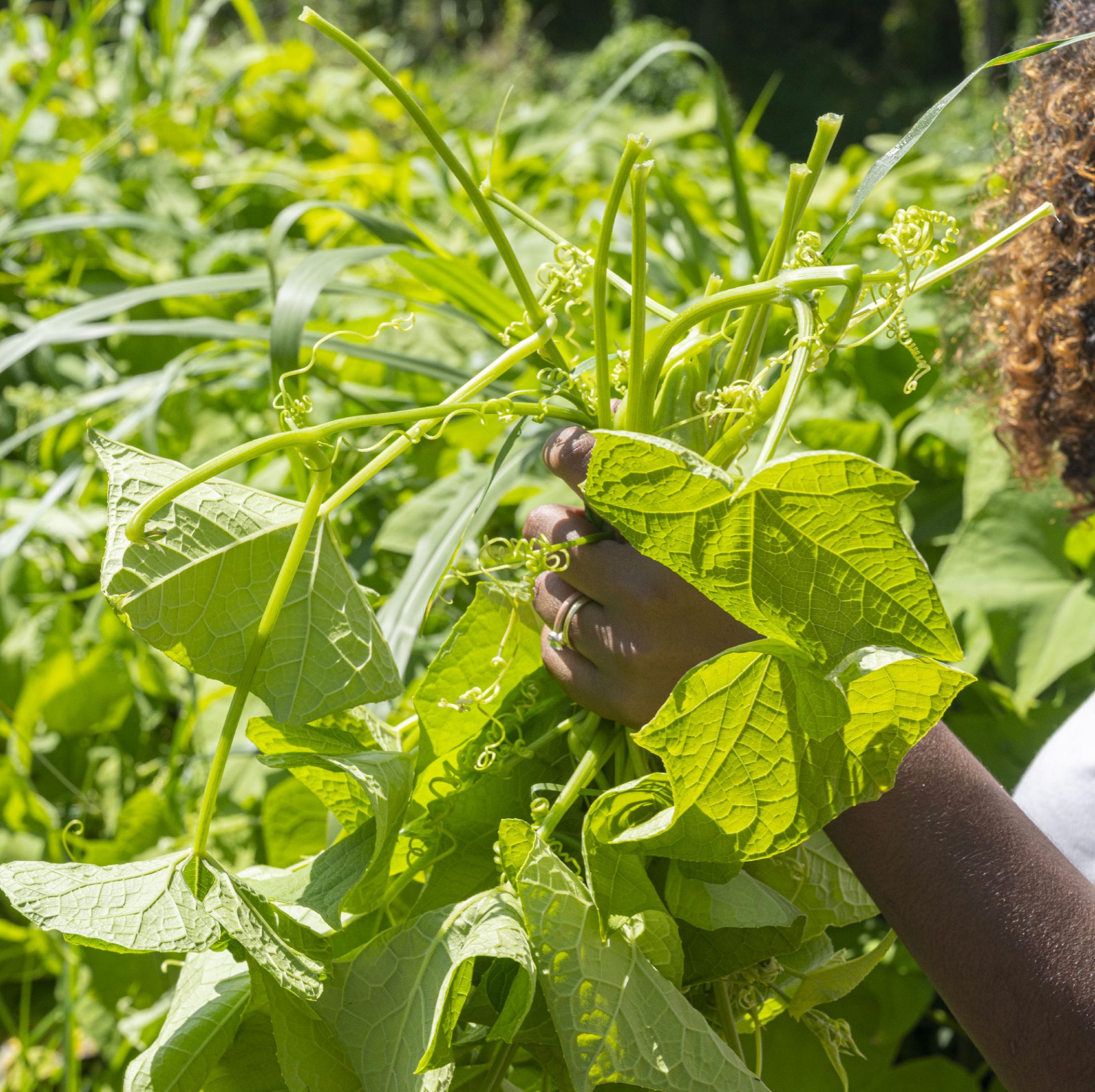
The root or "sweet potato" is used to make cakes and the shoots give the famous " darling brèdes ". Its fruit with fresh, white flesh is very easy to cook and the dried stems are used for crafts. The fruit pulp is also used as a face mask.
Originally grown on trellises, chouchou is a climbing plant that thrives in cool regions and does not need much maintenance to produce and reproduce. It even grows wild, covering the ground with a characteristic carpet of greenery in Salazie, where more than 90% of local production comes from.
Raw or cooked, the chouchou or the christophine sits at the table
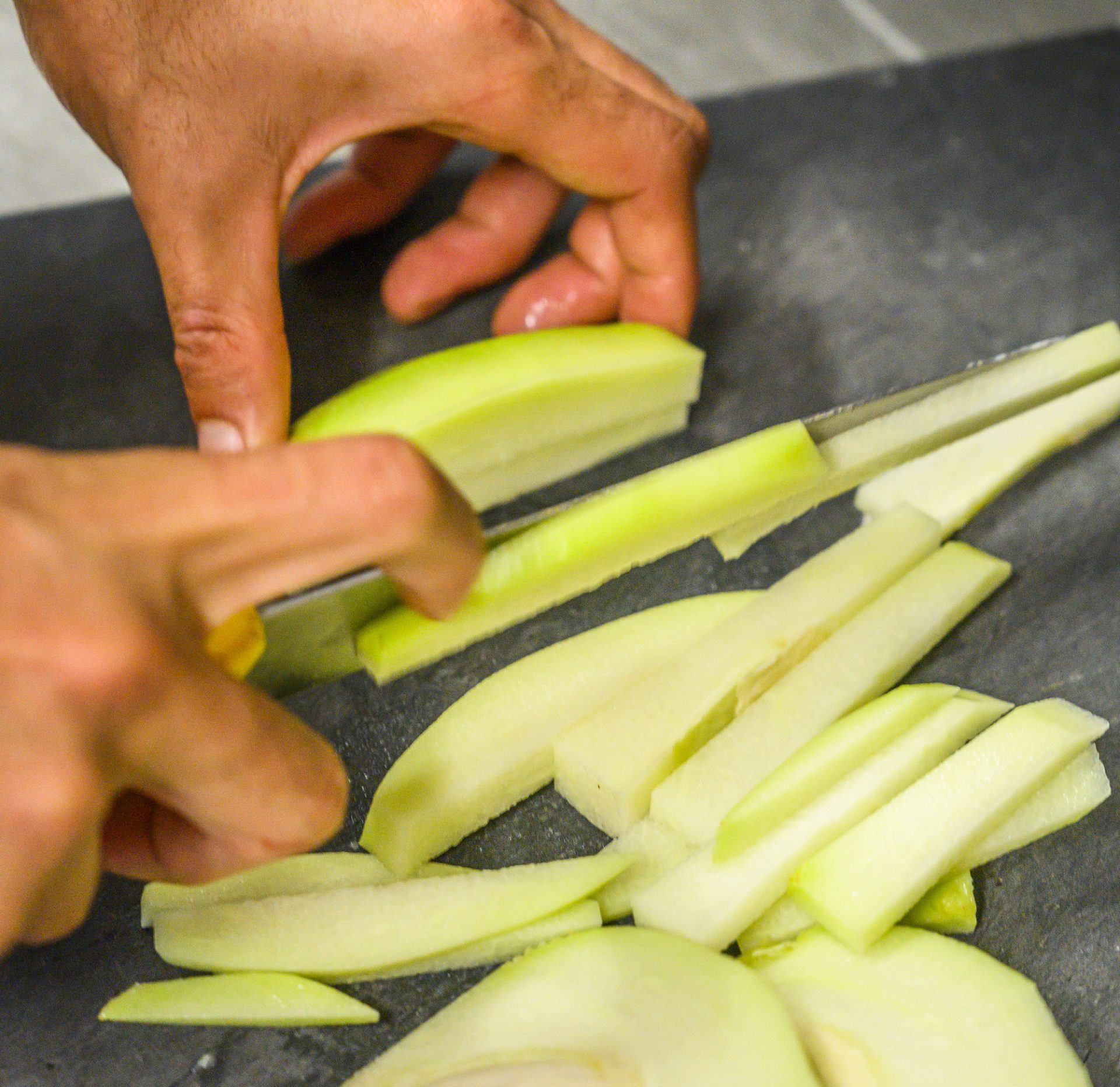
Cut into large slices, strips, cubes or even “beaten”, the chouchou can be cooked in all ways: in gratins, salads, stews, cakes or even in jams. In a curry, the chouchou brings an additional flavor to the meat in the chicken chouchou or the cod for example.
Composed of 90% water, the chouchou is very popular from a dietary point of view because it is a very low-calorie food, rich in potassium and vitamin C.
Composed of 90% water, the chouchou is very popular from a dietary point of view because it is a very low-calorie food, rich in potassium and vitamin C.
The art of straw braiding darling
It is a know-how that is transmitted from generation to generation in Salazie.
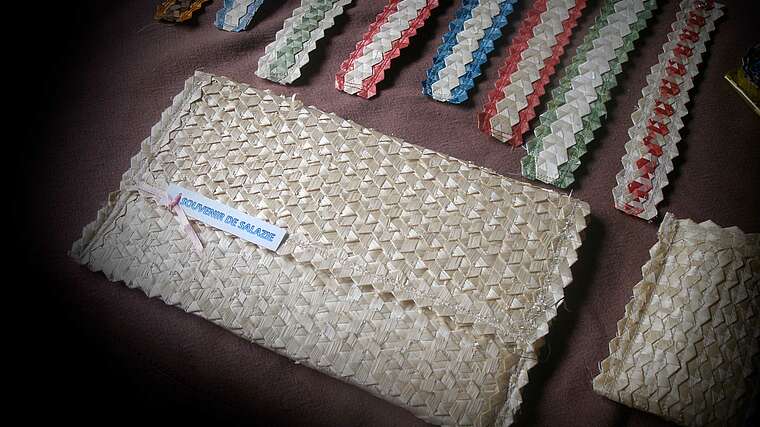
At the beginning of the XNUMXth century, the darling grown in Salazie was a real economic engine for the circus. Known as “Italian straw” because it passed through that country, the straw was sold to hatters in Europe. After this period when this more or less raw material was sold, craftsmanship developed and the making of baskets, hats, capelines, bertels and dresses for dolls marked several generations.
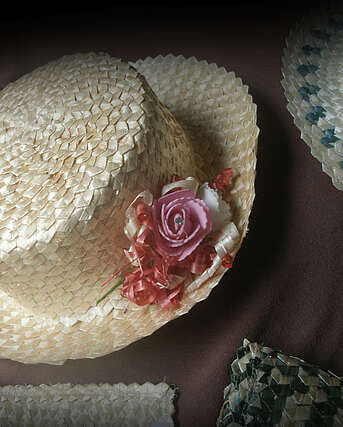
To obtain the raw material, the chouchou vine is cut in half lengthwise. The stalk is then carefully washed and dried, to turn into a silky, silvery-white fiber and give ribbons of straw ready to be worked. Braiding the favorite straw then still requires a lot of patience. For a single hat, nearly 10 meters of woven straw are needed, which represents about twenty hours of work to make just one.
Today, a small number of braiders continue to perpetuate the tradition and to save this heritage, the darling straw is modernizing and getting up to date by being available in more modern objects such as laptop or checkbook pockets, wallets -passport, earrings or small boxes.
See the darling party
The favorite party 2024 in Salazie
Themes

